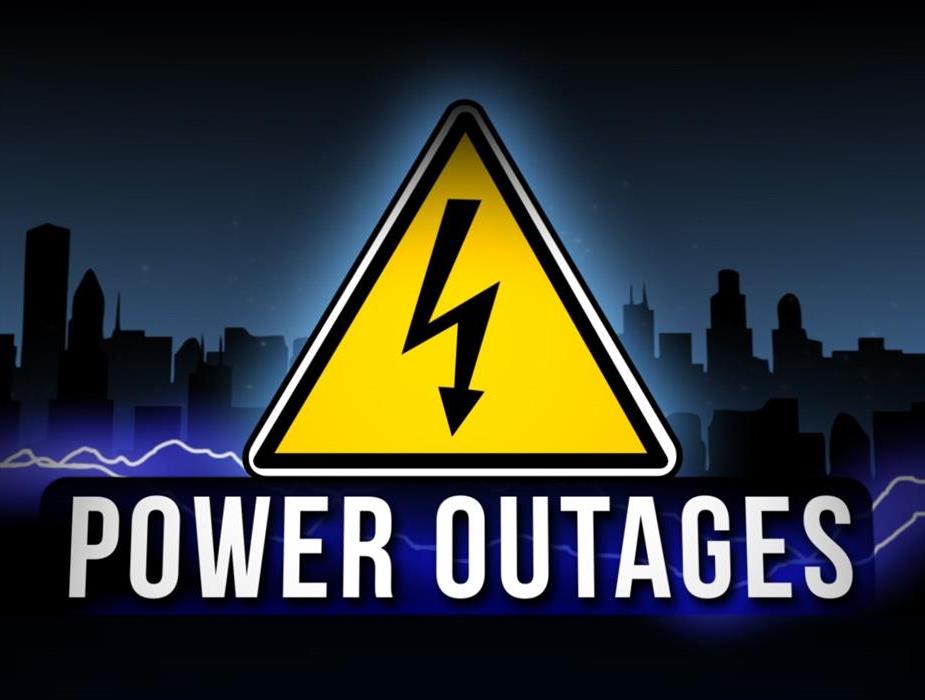4 Things to Do to Prevent Further Damage During a Power Outage
8/26/2020 (Permalink)
Power outages are not only an inconvenience; they can also end up causing costly damages. At SERVPRO of Joliet, we’ve seen first-hand the kind of property damage that can come as a result of a power outage. Even though it may seem counter-intuitive to think that a power outage itself can cause damage, the truth is that it can start a chain of events that becomes gradually more destructive.
To help protect yourself against the compounding damage that can come in the wake of a power outage, take these five steps.
#1: Exercise extreme caution when using candles, stoves, and generators.
It’s not uncommon to have a stash of long-burning candles tucked away for just such an emergency as a power outage. The use of candles isn’t itself necessarily dangerous; however, unattended, lit candles can quickly start a structure fire, potentially causing thousands in damage.
A good rule-of-thumb to keep in mind during a power outage is never to use a gas stove to stay warm. As tempting as it may be, gas stove emissions contain carbon monoxide, which can accumulate in the air and cause serious personal harm—even death.
When it comes to the use of gas-powered generators, always be sure that they’re operated in a well-ventilated area, ideally near a window or exhaust fan. For the same reason using a gas stove to keep warm is a bad idea, generator emissions can also be very harmful.
Also, never use a charcoal grill as a means of producing warmth indoors. The smoke from burning charcoal can be incredibly dangerous to inhale.
#2: Defend against food spoilage by using ice coolers to preserve existing food.
If the power is going to be out for an extended period of time, then you’re going to need a strategy for preserving your refrigerated food.
While a typical freezer can be expected to stay cool for about 48 hours, the rest of the fridge is going to succumb to higher temperatures by about the 4-hour mark. For this reason, it might make sense to fill a cooler full of ice and preserve whatever refrigerated foods you can.
Also, try not to open freezer or refrigerator doors more than is absolutely necessary, to conserve the cool.
#3: Deactivate and unplug appliances.
This especially applies to older appliances that may not have modern surge protection built into them.
When the power comes back on after a power outage, it’s possible that the sudden surge of electricity could cause damage to whatever is plugged in. After a power outage has taken place, walk through each room and check to ensure that appliances are in the ‘off’ position and/or unplugged from the wall.
[Tip: If you live in an area where power outages are especially common, it might be worth investing in a 12-volt battery and inverter combination. Most auto parts stores carry power inverters that can turn 12-volt DC power into 120-volt AC power for supplemental use by critical appliances.]
#4: Stay tuned in to local news outlets or radio transmissions for updates.
During a prolonged power outage, staying current on developments is critical to mitigating damage. Keep yourself apprised of the power outage status by opting into SMS text alerts from your local utility provider.
While it is possible for power outages to affect cellular transmission towers, this is very rare, which means you’re likely to still have a cell phone connection during an outage. Use your phone to stay abreast of what’s going on around you.






 24/7 Emergency Service
24/7 Emergency Service
